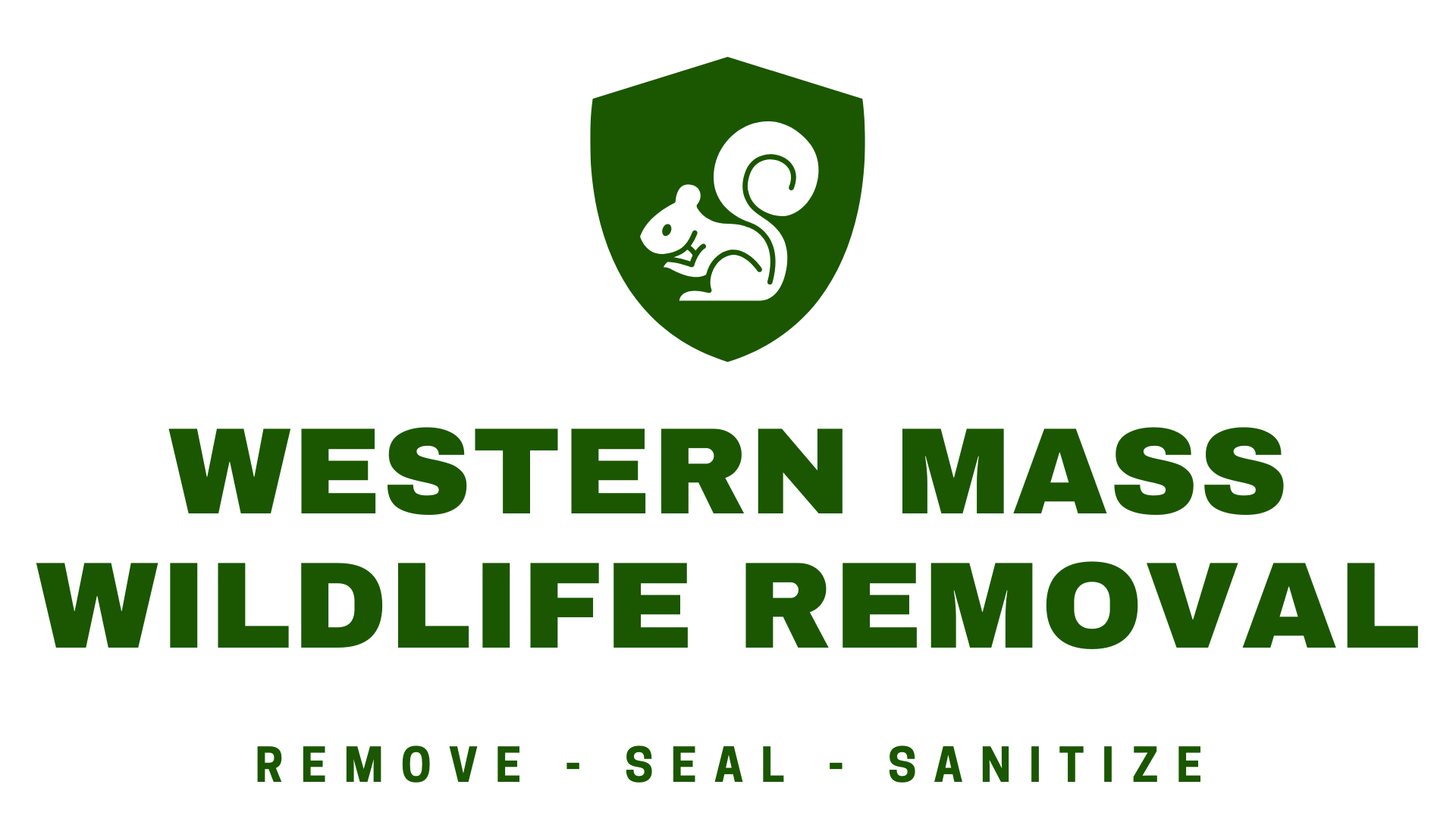The Inspection Process
In order to do the work we do, we have to know exactly what species were dealing with. The trapping/eviction process is specific to whatever kinds of animal were dealing with. We wouldn’t set a squirrel trap to evict bats, just like we wouldn’t use a raccoon trap if we think its flying squirrels. So we’ll run through our inspection process to give you an idea of exactly how we figure out what species were dealing with.
1. The inspection process starts from the discussion with the client. What kind of noise they hear, whether its movement or vocalization, time of day/night, consistency, and location are all things that give us clues. Each combination of those answers leads us through a process of elimination which helps us identify what animal were dealing with.
2a. After discussing all those things, we do a physical inspection of the property. We always look both on the inside in attic/crawl space, basement, and then outside at the exterior. If were dealing with animals getting inside, most of the time well see evidence somewhere in an unfinished space. Roofline entry points generally lead into the attic so as long as we have access well usually see evidence. What we are looking for on the inside is droppings which we can identify quickly with training, insulation damage, nesting material, fur, and even smells. All of these things help identify what animal has been there. We have to keep in mind that just because we see signs leading to one animal, doesn’t mean that’s the only animal using the structure. Often multiple species will use the same locations, especially at different times of year.
mouse droppings and tunnel in attic insulation
squirrel damage in attic. Chewing on roof joist and leaves for nesting material
2b. After inspecting the inside, we need to look outside at what kinds of entry points we have. Different animals will have different looking entry points. A large entry point can allow multiple smaller animals to enter, but if you’re dealing with one target animal entering, it will often be only about the size that animal needs to enter as they would prefer it not be large enough for bigger animals to enter behind them. On the outside we look at all the typical entry points, some of which include gable vents, ridge vents, soffit and dormer returns, fascia returns, chimneys, and other roof joints. Any location that one material protrudes from the roof creates a joint that typically isn’t sealed tight. Animals take advantage of these locations on a regular basis. We do also have to look for some of the less typical entry points,, especially when we don’t see much evidence at the typical entry points. Signs we look for here are gaps, but also chewing, droppings, footprints, staining from animals fur, fur, or nesting material.
raccoon footprints going up siding corner
raccoon droppings on roof
Combining all the information from these parts of the inspection, we can pinpoint which kind of animal were dealing with. The inspection process is extremely important because we cater the process of work to specific animals. Not always do we have to identify which type of animal were dealing with because often the client watches where the squirrels or bats are entering every day/night. But we still have to go through the inspection process to know the locations that we need to evict or trap, and all the locations we need to seal. Each of these steps has a ton of additional information we could list, we would need much more time to go through each detail of the process for all different situations. This is just an overview of the process from start to finish.





